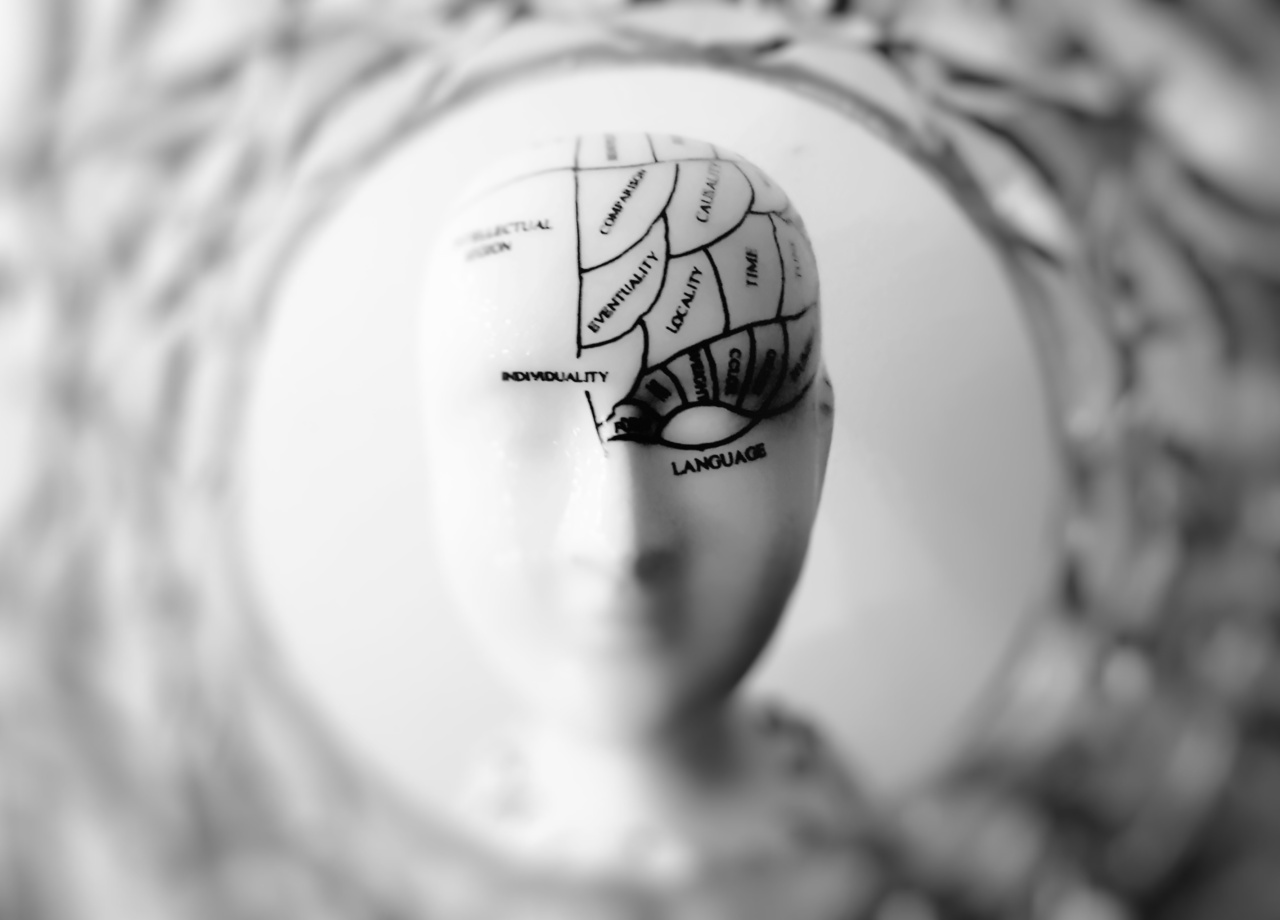Chronic headaches can be indicative of various underlying causes, including tension headaches, migraines, sinusitis, and even brain tumors.
While brain tumors are relatively rare, it is essential to be aware of the potential link between chronic headaches and these serious conditions. Although most headaches are not a cause for concern, persistent and severe headaches should not be ignored and should be evaluated by a healthcare professional.
In this article, we will explore the connection between chronic headaches and brain tumors, the symptoms to look out for, and the importance of seeking medical attention for the appropriate diagnosis and treatment.
Understanding Chronic Headaches
A headache is a common ailment experienced by people across the globe. It can range from mild discomfort to severe pain, hindering daily activities and reducing overall quality of life.
Chronic headaches are characterized by their recurrent nature, lasting for more than 15 days a month for a period of three months or longer. These headaches can be primary (no underlying cause) or secondary (resulting from an underlying condition).
Types of Chronic Headaches
There are several types of chronic headaches, each with its own unique characteristics:.
1. Tension Headaches
Tension headaches are the most common type of primary headache and often present as a dull, steady ache on both sides of the head.
They are often described as a tight band around the forehead and may be accompanied by muscle tenderness in the neck and scalp.
2. Migraines
Migraines are intense headaches that can cause severe throbbing or pulsating pain, usually on one side of the head. They are often accompanied by symptoms such as sensitivity to light, sound, or smells, as well as nausea and vomiting.
Migraines can last for several hours to days and can significantly impact daily functioning.
3. Cluster Headaches
Cluster headaches are excruciatingly painful headaches that occur in cyclical patterns or clusters, hence their name. They typically occur on one side of the head, around or behind the eye.
Cluster headaches are often accompanied by redness and watering of the eye, nasal congestion, and restlessness.
Chronic Headaches and Brain Tumors
While most chronic headaches are not associated with brain tumors, it is vital to be aware of the potential connection. Headaches caused by brain tumors often exhibit specific characteristics that differentiate them from other types of headaches:.
1. Frequent and Persistent
Headaches caused by brain tumors often occur more frequently and persist longer than other types of headaches. They may also worsen over time, becoming more intense and debilitating.
2. Severity
Headaches associated with brain tumors are often severe and accompanied by intense pain. The pain may be described as throbbing, sharp, or piercing.
3. Pattern and Triggers
Brain tumor-related headaches may follow a specific pattern, such as waking up with a headache, experiencing headaches at night, or headaches that worsen with certain activities or positions.
Notably, brain tumor-related headaches are typically not triggered by common factors such as stress or dehydration.
4. Additional Symptoms
Unlike most primary headaches, headaches caused by brain tumors are frequently accompanied by other concerning symptoms, such as:.
– Nausea and vomiting
– Changes in vision
– Seizures
– Weakness or numbness in the limbs
– Cognitive difficulties
When to Seek Medical Attention
If you experience chronic headaches with any of the aforementioned characteristics or if you are concerned about your symptoms, it is crucial to consult with a healthcare professional.
They will evaluate your symptoms, medical history, and may recommend further diagnostic tests such as imaging studies (MRI or CT scan) to rule out any underlying conditions, including brain tumors.
Diagnosis and Treatment
If a brain tumor is suspected as the cause of chronic headaches, additional tests will be necessary to confirm the diagnosis. These may include:.
1. Imaging Studies
Magnetic Resonance Imaging (MRI) or Computed Tomography (CT) scans can provide detailed images of the brain, allowing doctors to visualize any abnormalities, including tumors.
2. Biopsy
During a biopsy, a small sample of the tumor may be extracted for further examination to determine its characteristics and whether it is benign (non-cancerous) or malignant (cancerous).
3. Lumbar Puncture
In some cases, a lumbar puncture, also known as a spinal tap, may be performed to analyze the cerebrospinal fluid for signs of abnormalities that may indicate the presence of a brain tumor.
Once a diagnosis is confirmed, treatment options will depend on the type, size, and location of the tumor. Some common treatment approaches include:.
1. Surgical Removal
If the tumor is accessible and can be safely removed without causing significant damage to the surrounding brain tissue, surgical removal may be recommended. This is often followed by additional treatments such as radiation therapy or chemotherapy.
2. Radiation Therapy
Radiation therapy uses targeted beams of radiation to destroy tumor cells or inhibit their growth. It can be employed as the primary treatment or in combination with surgery or chemotherapy.
3. Chemotherapy
Chemotherapy involves the use of powerful drugs that target and destroy cancer cells. It may be administered orally or intravenously and is often used in conjunction with other treatments.
Conclusion
While chronic headaches are often caused by more common and benign conditions such as tension headaches or migraines, it is critical to understand the potential association between chronic headaches and brain tumors.
Although brain tumors are relatively rare, persistent and severe headaches accompanied by other concerning symptoms should not be ignored. If you are experiencing chronic headaches that are affecting your daily life and are accompanied by symptoms that raise concern, it is essential to consult with a healthcare professional for a thorough evaluation.
Early detection and appropriate treatment can significantly improve outcomes in cases where a brain tumor is present.





























